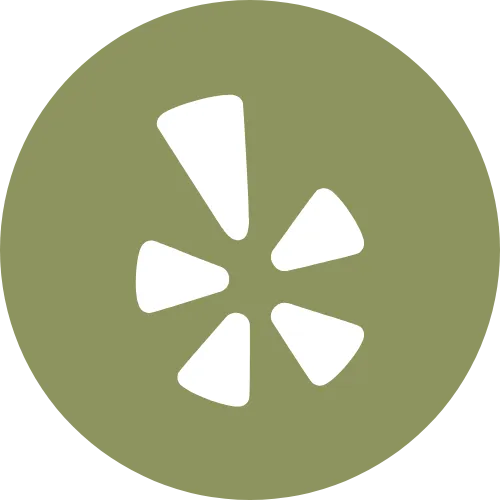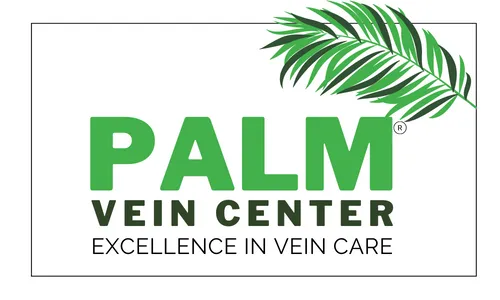
What is Vein Disease?
Venous disease refers to problems with the vein walls or valves. Atherosclerosis, spider veins, and varicose veins disrupt blood flow while increasing pressure within veins, causing blood to move inefficiently, or in some cases, backward.
Although troublesome, most vein diseases can be mitigated through conservative treatment or minimally invasive vein surgery. Whether you have small spider veins or large varicose veins in your legs, our expert vein specialists will identify possible health concerns and provide treatment options that manage or effectively treat your vein disease.
Causes of Vein Disease
Healthy veins have smooth, pliant walls that help transport blood from different parts of the body to the heart. Healthy veins are especially resilient, so they can easily adapt to changes in pressure. When valves within veins are activated, they move blood quickly and efficiently in one direction. If these valves are not working properly—problems arise.
To start, ineffective or weak valves have difficulty moving blood from the limbs to the heart. When this occurs, blood flows backward causing it to “pool” or collect within veins. The result: chronic venous insufficiency in the form of spider veins, varicose veins, or another significant vein-related condition.
Although it is not clear what causes the valves in your veins to become weak or damaged, there are several health and lifestyle factors that could increase your risk of developing venous insufficiency. The most notable risk factors for venous disease include age, gender, pregnancy, family history, excess body weight, and standing or sitting occupations.
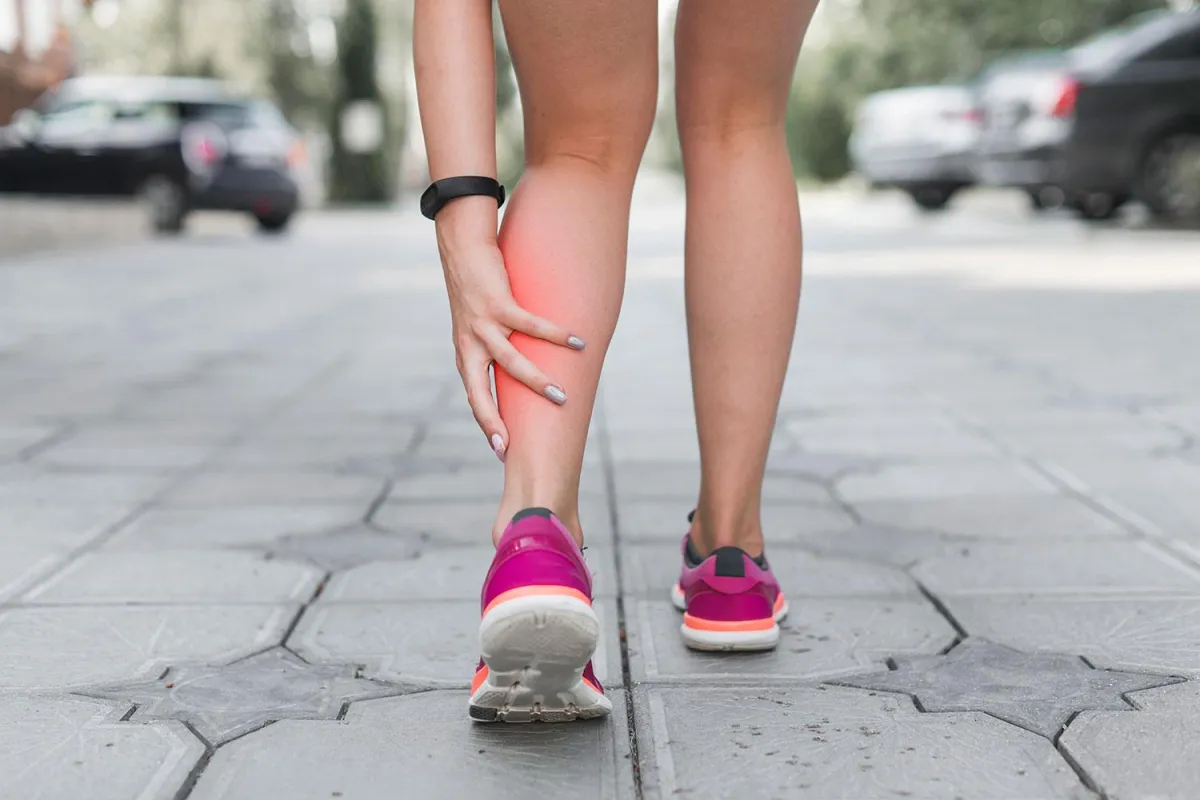
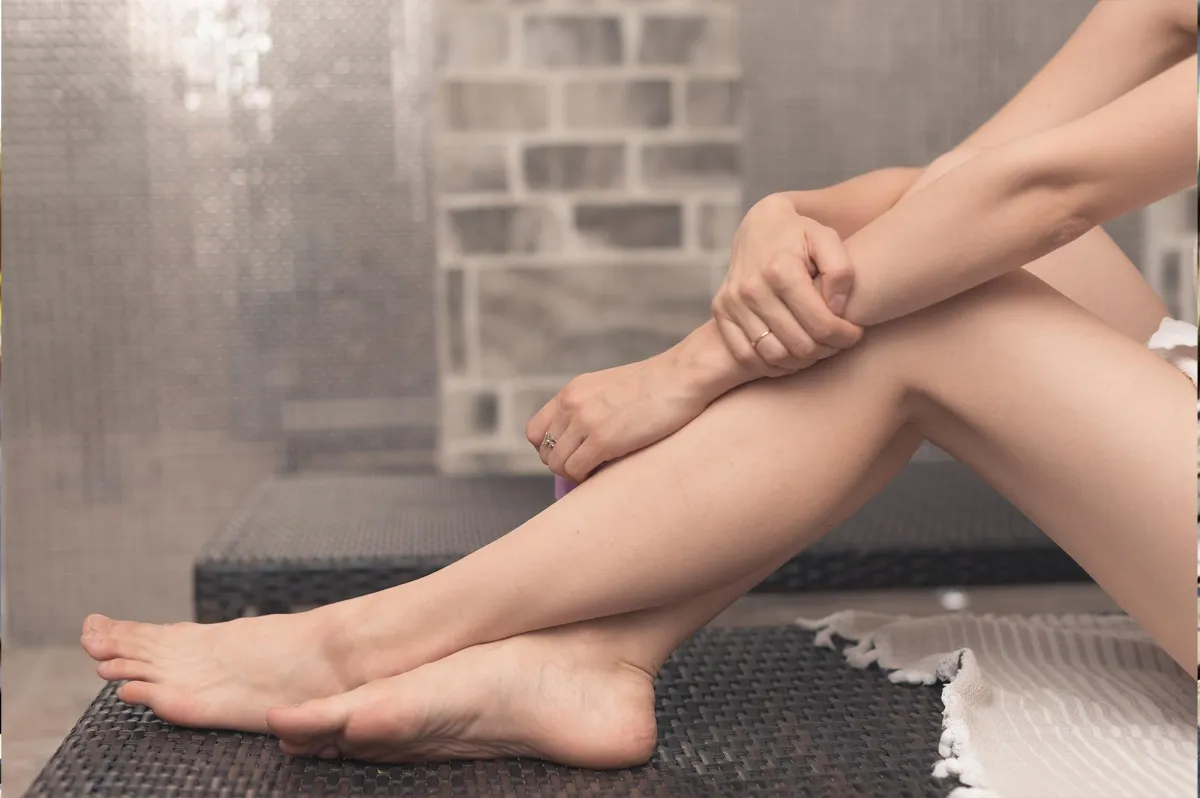
What are some symptoms?
Chronic venous insufficiency is a serious, complex condition that does not heal on its own or get better over time. The earlier a vein disease is diagnosed and treated, the less likely a patient will experience serious complications in the future.
Moderate Symptoms of Venous Disease
Pain or heaviness in the limbs
Swollen legs or ankles
Prominent veins that appear engorged or "snake-like"
Muscle cramping or fatigue (primarily in the evening)
Burning, itching, aching, or throbbing pain of the affected limbs.
Severe Symptoms of Venous Disease
Chronic swelling
Skin Ulcers or rash (dermatitis)
Skin discoloration (i.e. brown, yellow or purple splotches)
Superficial or deep vein thrombosis (blood clots)
Hemorrhaging (bleeding)
What are some risk factors?
Venous disease affects roughly 40% of the U.S. population, and unfortunately, certain conditions may be difficult to identify without a proper evaluation. Deciding whether aching legs or protruding veins are putting you at risk of a serious health problem should be left to the medical professionals at Palm Vein Center.
There are certain factors that may indicate an increased risk of spider and varicose veins. Just a few of these potential risk factors:
Aging
Pregnancy & Hormones
Heredity Overweight
Prolonged Sitting or Standing

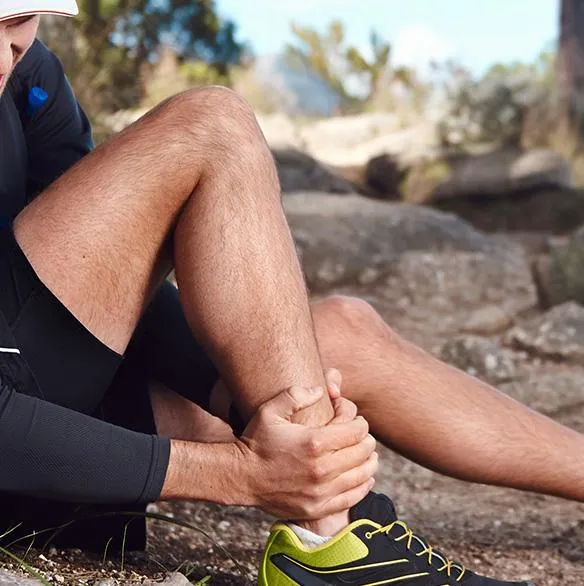
Consequences of Vein Disease
Vein disease such as spider veins or varicose veins are sometimes described as “permissive”. These chronic venous diseases are often overlooked or dismissed by patients if symptoms aren’t particularly bothersome. Unfortunately, these vein diseases can have serious, or even life-threatening consequences. When left untreated, patients with progressive vein diseases may experience:
Venous ulcerations
Edema
Hemorrhaging
Increased pain in the legs and feet
Inflamed veins
Skin discoloration
Blood clots
Stroke
To prevent these issues from transpiring, the medical team at Palm Vein Center educates patients about their venous disease and recommends conservative therapies in addition to other treatment options to minimize progression.
Varicose and Spider Veins
When veins become inefficient, unhealthy, or abnormal, they typically cause several health problems such as poor circulation, leg pain, muscle cramping, and more. Chronic vein-related conditions like varicose veins, spider veins, ulcers, and phlebitis are often the result of damaged veins, and they can cause both health and cosmetic concerns.
The vein specialists at Palm Vein Center understand venous insufficiencies in the legs like varicose veins and spider veins that may cause patients discomfort both emotionally and physically. Using our state-of-the-art, minimally invasive treatments, we help ease our patient’s concerns and pain.
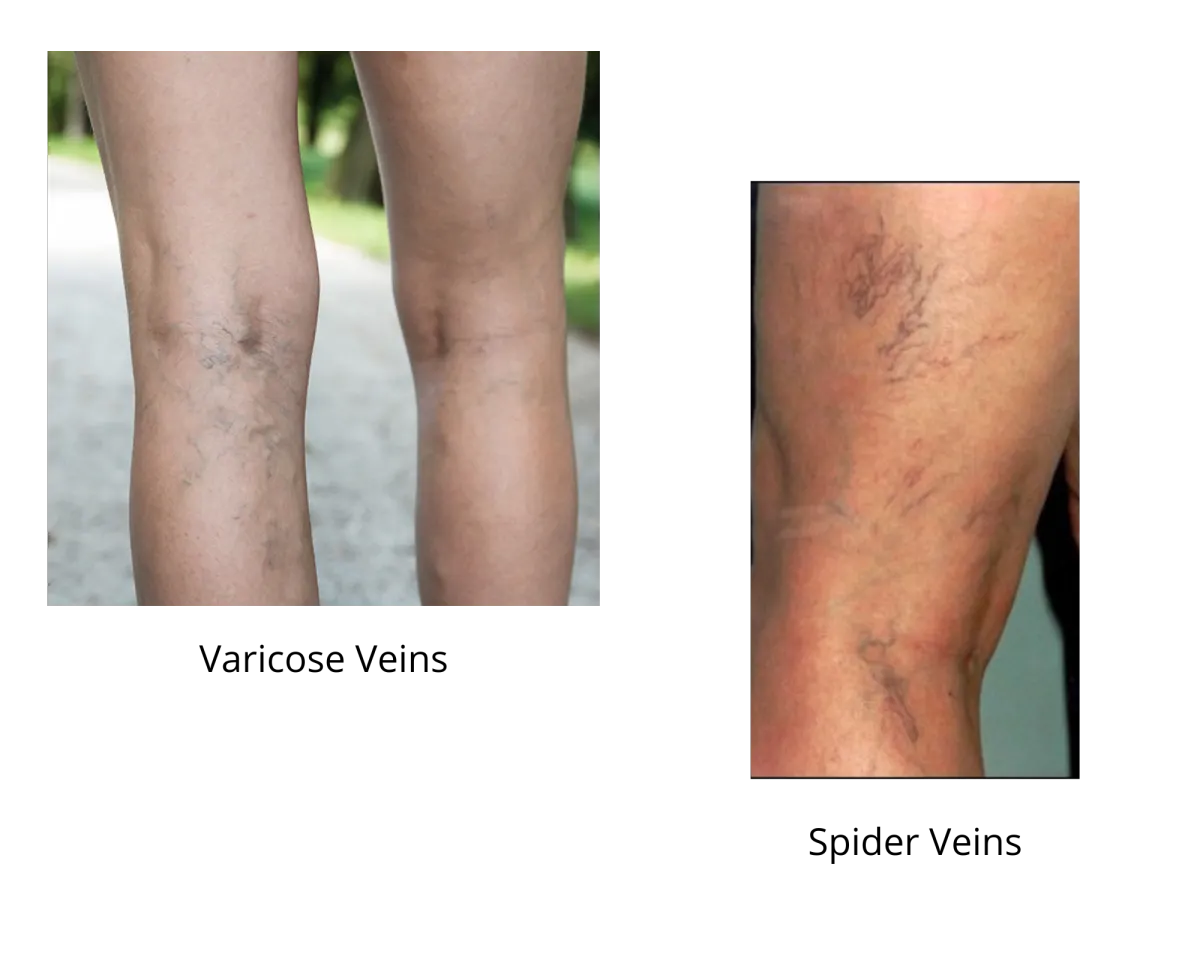
Pelvic Congestion Syndrome

Pelvic Congestion Syndrome, also called Pelvic Venous Insufficiency, is a chronic pain condition associated with blood flow problems in your pelvic veins. “Chronic” means pain lasting longer than 6 months that isn’t associated with either your menstrual cycle or pregnancy.
The pelvic pain associated with PCS often involves faulty veins in your ovaries and pelvis. The veins dilate (widen) and may become twisted and overfilled with blood. As a result, blood may pool in your pelvis and feel painful.
Using our state-of-the-art, minimally invasive treatments, we help ease our patient’s concerns and pain.
Free Screening! Need Compression Socks or Hose? We Got You!
Our office has a wide selection of styles, sizes, and colors. If the patient does not see the product they want, we can have them delivered to our clinic for pick up or we can ship locally.
Palm Vein Center
SURPRISE
16944 W Bell Rd, Suite #603
Surprise, AZ 85374
PHOENIX
6170 51st Ave Suite 102
Laveen Village, AZ 85339
Hours of Operation:
Monday - Thursday 8:00am to 5:00pm
Friday, Saturday & Sunday CLOSED
Asclera
Ambulatory Phlebectomy
Compression Stockings by Medi
Endovenous Laser Treatment
Endovenous Radio- Frequency
Light Guided Sclerotherapy
Accreditations
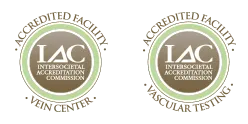

SURPRISE
16944 W Bell Rd, Suite #603
Surprise, AZ 85374
PHOENIX
Hours of Operation:
Monday - Thursday 8:00am to 5:00pm
Friday, Saturday & Sunday CLOSED
Asclera
Ambulatory Phlebectomy
Compression Stockings by Medi
Endovenous Laser Treatment
Endovenous Radio- Frequency
Light Guided Sclerotherapy




